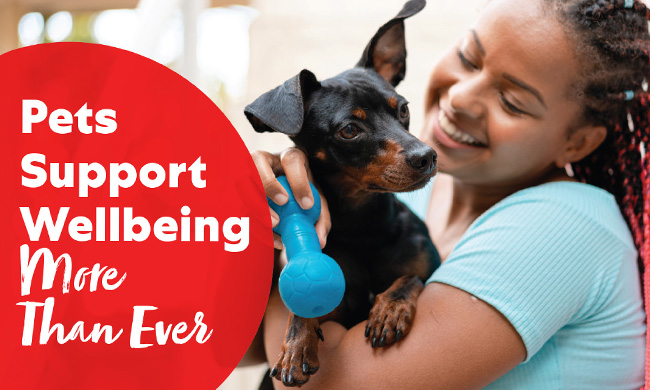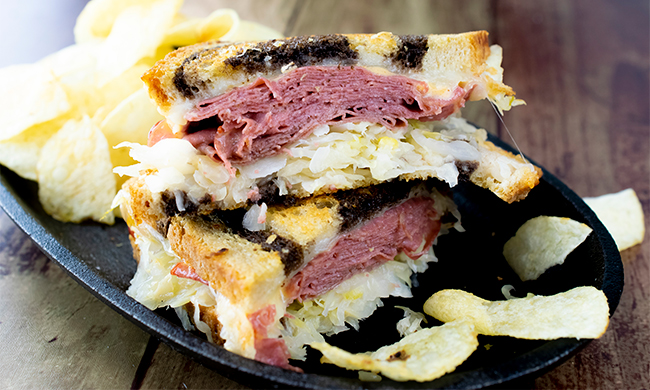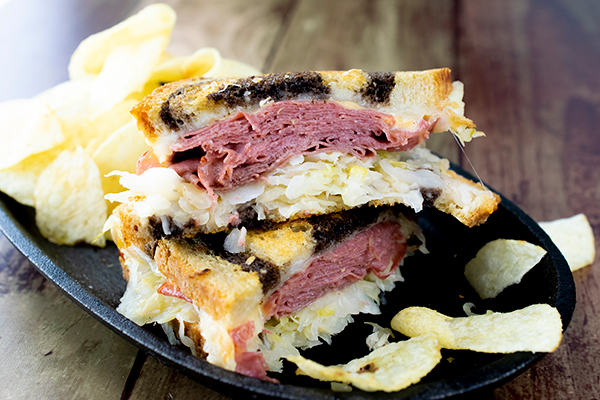
4 creative alternatives to decorating eggs this Easter
While decorating eggs for Easter is a tradition that dates back centuries, the high cost of eggs may make it more difficult for some families this year. However, that doesn’t mean you can’t find creative ways to keep the season special and create memories with loved ones.
With more than 140 years of experience, the Easter egg decorating experts at PAAS® are sharing some ideas and inspiration on fun things to do with your Easter decorating kit. These “egg-citing” alternatives to using traditional eggs can help keep those simple moments of connection and creativity alive:
Pretty in Plastic
 Dyeing plastic eggs is an activity perfect for all ages with less stress and less mess since they don’t crack or break when dropped. Dyeable plastic eggs also typically come in packages of more than a traditional dozen, offering more opportunities for creativity. Another added bonus: You can decorate your home every year with the finished product since they don’t go bad. They are also perfect for DIY projects, such as making them into garland, hanging ornaments, place settings or gifts that can be used for years to come.
Dyeing plastic eggs is an activity perfect for all ages with less stress and less mess since they don’t crack or break when dropped. Dyeable plastic eggs also typically come in packages of more than a traditional dozen, offering more opportunities for creativity. Another added bonus: You can decorate your home every year with the finished product since they don’t go bad. They are also perfect for DIY projects, such as making them into garland, hanging ornaments, place settings or gifts that can be used for years to come.
Baked Easter Decor
Instead of buying eggs, you can make your own baking soda dough eggs using 1/2 cup corn starch, 1 cup baking soda and 3/4 cup water. Combine the ingredients, roll into egg shapes and bake in the oven for 1 hour at 175 F then simply dye them as you would real eggs using your favorite PAAS egg decorating kit. Fun for all ages, these eggs can be turned into a variety of decor and mementos with kids taking the lead on mixing the dough batter and shaping the eggs before an adult helps with the baking.
Creative Kitchen Canvases
Coffee filters are good for more than just making coffee; they make perfect canvases for Easter decorating and naturally take dye. With 100-250 coffee filters per package, they’re a cost-effective way to maximize crafting opportunities and let creativity run wild. Once dyed and dried, you can turn the filters into flower centerpieces, papier mache eggs, artwork to frame and more.
Repurposed Treasure from Nature
Kids often love to hunt for fun-shaped and colorful rocks when exploring outdoors or collect seashells while on vacation or taking a walk on the beach. Now, rather than storing them in a “treasure box” or throwing them back outside, they can be creatively decorated for Easter using paint, stickers, glitter, accessories and other add-ons. Some seashells can even be dyed. Using rocks and shells of all shapes and sizes is a cost-effective, low-waste alternative that allows children to use their imaginations for creative play once they’re done decorating.
For more tips and ideas to make Easter “eggstra” special this year, visit paaseastereggs.com.
Sustainable Tips to Avoid Egg Waste
If you plan to keep the tradition of dyeing eggs alive this year, you can take steps to avoid food waste once you’re done decorating. Consider these sustainable tips from the experts at PAAS:
- Make Deviled Eggs: As long as you refrigerate the eggs shortly after dyeing them, you can use them to make deviled eggs – an Easter brunch staple – for your family meal.
- Create Centerpieces: Dyed eggs can be used to make a beautiful centerpiece for your family dinner. Simply spread them over your table runner around other decor, fill a glass bowl or jar with the eggs or place them within a floral arrangement to add pops of color to the table.
- Serve a Salad: Eating the eggs saves you from food waste, and eggs can be used in a variety of salads, including egg salad, potato salad or chef’s salad, to add a boost of protein and flavor.
- Start a Compost Pile: If you don’t plan to eat the eggs once you’re done decorating, you can create a compost pile near your garden. Hard-boiled eggshells are a rich source of calcium and other essential nutrients plants need.
PAAS


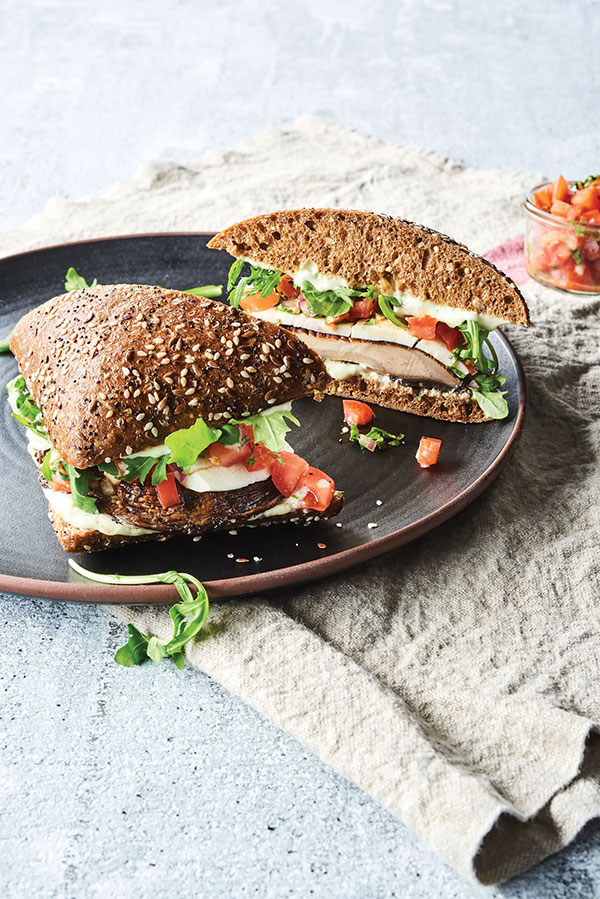
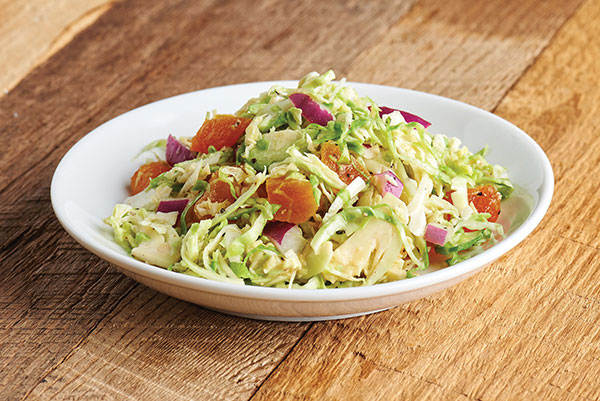


















 When Herbert “Hub” Miller worked as a global leader for an international agriculture science company, his boss ended every meeting with a reminder of the “FAST” acronym to recognize the signs of stroke: Face drooping, Arm weakness, Speech difficulties and Time to call 911.
When Herbert “Hub” Miller worked as a global leader for an international agriculture science company, his boss ended every meeting with a reminder of the “FAST” acronym to recognize the signs of stroke: Face drooping, Arm weakness, Speech difficulties and Time to call 911.